Shishinden
| Establishment | Kyoto Imperial Palace |
|---|---|
| Type | Building |
| Period | Ansei era(Late Edo period) |
| Construction Date | 1855 |
| Structure | One-story wooden structure with Hinoki cypress-bark-shingled roof |
The Shishinden is the main hall with a distinguished history dating back to the Heian period, where important court ceremonies were held. It was built facing south in the southern area of the grounds and was also known as Naden (referring to the South Building). The building, with its cypress bark roof and natural, unpainted wood construction, features Shitomido outer doors and Karado doors on the exterior. The central area, called
Currently, the Shishinden houses the
When the reconstruction in Kansei 2(1790), the architectural space of the Shishinden was restored according to the ancient Heian period traditions to ensure that traditional ceremonies could be accommodated as originally intended. The restoration was based on the floor plan research by the scholar Uramatsu Kozen (as documented in "Daidaizu-koshō") and other documents related the Heian period Imperial Palace. While maintaining the Heian period style, modern techniques from the Edo period were used in some areas, such as the roof truss structure.
In the Shishinden, important ceremonies such as the Enthronement Ceremony, the Coming-of-age Ceremonies, the Rikkou and the Rittaisi (Ceremonies for announcing that an Empress or new Crown Prince has been crowned and enthroned) and seasonal ceremonies were held. Not only the main hall but also the
The Shishinden, which preserves the tradition from the Heian period, became the stage for the dawn of a new era with the Meiji Restoration. It was the site for the proclamation of the Gokajo-no-goseimon (Charter Oath or Five-Article Oath) in 1868 and served as a venue for Imperial audiences with foreign envoys. Subsequently, it was used for the Enthronement Ceremonies of Emperor Taishō and Emperor Shōwa, symbolizing the enduring court culture of Japan.



